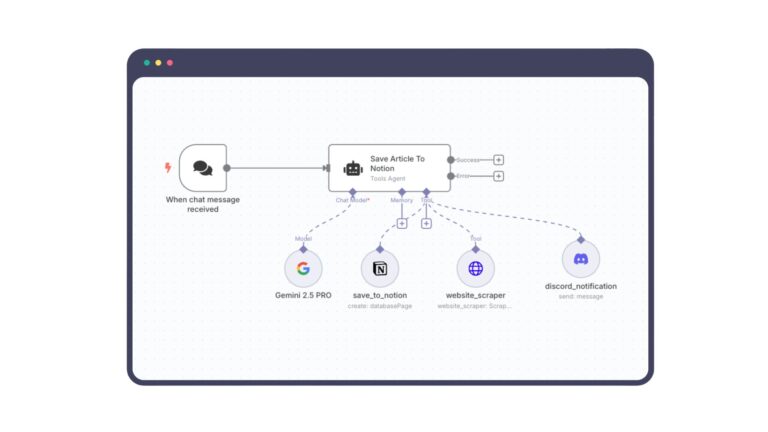The Cloud: A Sky Full of Promise And Storms
Imagine stepping into an airport for a flight. You trust that the airline will get you to your destination safely, but does that mean you ignore security checks? No. You still go through TSA, keep an eye on your luggage, and ensure your passport is valid.
Cloud computing works in a similar way. Organizations entrust their data and workloads to cloud service providers but still have responsibilities to ensure security. Yet, despite its immense benefits like scalability, flexibility, and cost efficiency the cloud comes with its own share of turbulence. Misconfigurations, shadow IT, compliance nightmares, and shared responsibility confusions often leave enterprises vulnerable. So, how do we fly through this digital sky without hitting security turbulence?
Cloud 101: Why We’re Moving Up There
At its core, cloud computing is about delivering computing services—servers, storage, databases, networking, and software over the internet instead of running them on local machines. But cloud isn’t one-size-fits-all. Depending on how much control you want, you choose between different service models. Infrastructure as a Service (IaaS) allows you to rent infrastructure such as servers, storage, and networking, but you remain responsible for managing everything else, including security configurations and OS updates. Picture leasing an empty apartment where you install furniture, paint the walls, and secure the doors. Platform as a Service (PaaS) offers a pre-configured environment where you can focus on developing applications rather than managing infrastructure. It’s like moving into a furnished apartment—you bring your belongings, but major maintenance is taken care of. Software as a Service (SaaS) is fully managed software, such as Gmail or Dropbox. You’re a tenant in a hotel where everything is provided, and you simply use it.
Then there’s the Hybrid Cloud, a blend of on-premises, private, and public cloud environments that allows businesses to balance control, performance, and scalability. Think of it as owning a home but also renting a vacation property—you get the best of both worlds, but security and management become more complex. Hybrid cloud is particularly beneficial for businesses that must comply with data residency laws while leveraging the scalability of the cloud. Sensitive workloads can remain in a private cloud while less critical tasks can be handled in the public cloud. But as the complexity increases, so do the security challenges, making it crucial to understand where responsibilities lie.
Who’s Responsible for What? The Cloud Shared Responsibility Model
Cloud security is a team effort, but how much responsibility falls on the provider and how much remains with the customer depends on the service model. In an IaaS environment, the provider secures the hardware and network, but the customer is responsible for configuring firewalls, encrypting data, and managing identity access. With PaaS, the provider takes care of runtime, OS, and middleware, while customers focus on securing applications and data. In a SaaS model, providers handle almost everything, but customers must manage access controls and compliance.
Hybrid Cloud complicates this further. Security responsibilities shift depending on which workloads reside in the public cloud versus the private cloud. Organizations must ensure seamless identity management, consistent encryption, and unified security policies across environments. Think of it like managing multiple properties, each with its own set of responsibilities and security needs. Businesses often misinterpret these boundaries, leading to security gaps and the blame game when breaches occur.
Securing the Cloud Across Different Models
Securing the cloud requires different approaches based on the model in use. In an IaaS environment, misconfigurations remain one of the biggest risks. Poorly secured cloud storage or unrestricted network access can expose sensitive data to malicious actors. Implementing strong identity management, encrypting data at rest and in transit, and continuously monitoring for anomalies through Security Information and Event Management (SIEM) tools can help mitigate these risks. A notable example is the Capital One breach in 2019, where a misconfigured AWS S3 bucket exposed 106 million customer records. Regular cloud security posture assessments can prevent such incidents.
Hybrid Cloud security requires even greater vigilance. As data moves between private and public environments, organizations must implement centralized identity management and enforce encryption policies consistently across platforms. Security posture management tools help maintain compliance and visibility, ensuring that no part of the infrastructure is left vulnerable. Data fragmentation remains one of the biggest challenges, making automated data classification and Data Loss Prevention (DLP) solutions essential to prevent unauthorized access. Businesses that fail to secure hybrid cloud environments often struggle with compliance issues and fragmented security policies that attackers can exploit.
PaaS security demands a focus on application and API security. Since developers rely heavily on APIs, ensuring secure authentication through OAuth and using API gateways to prevent unauthorized access is essential. Web Application Firewalls (WAFs) and Runtime Application Self-Protection (RASP) help protect applications from real-time attacks. Tesla’s 2018 Kubernetes breach demonstrated the risks of weak security configurations in PaaS environments. Attackers exploited an unsecured Kubernetes dashboard to deploy cryptominers. Regular audits of configurations and the use of container security tools can help prevent such attacks.
SaaS security, while seemingly the most managed, still requires vigilance from customers. Poor identity management and excessive user privileges can lead to security incidents. Enforcing multi-factor authentication, monitoring shadow IT with Cloud Access Security Brokers (CASB), and implementing Data Loss Prevention policies can safeguard SaaS applications. Dropbox experienced a credential-stuffing attack that exposed millions of user records simply due to weak passwords. Implementing Zero Trust policies and restricting access based on business needs can minimize these risks.
The Pillars of Cloud Security: Designing a Resilient Cloud Foundation
Securing the cloud demands a strategic approach grounded in core design principles that reinforce resilience against evolving threats. A Zero Trust framework should be the foundation, ensuring that no user, device, or application is trusted by default. Identity and access management must be stringent, enforcing least privilege access and multi-factor authentication to limit potential breaches. Data security must be at the core, with encryption applied at all stages—whether at rest, in transit, or in use. Organizations must implement automated compliance checks to align with regulatory requirements and mitigate risks before they become vulnerabilities. Encrypting data is akin to locking your luggage, making it unreadable to anyone without the right key. Continuous monitoring through Security Information and Event Management (SIEM) and AI-powered threat detection provides visibility into real-time anomalies. Integrating security automation and incident response frameworks ensures swift remediation of threats, minimizing damage and downtime.
The cloud isn’t inherently insecure, but careless implementation and poor security hygiene can make it a breeding ground for cyber threats. Organizations that embed security into their cloud architecture from the outset can create a proactive defense posture, reducing exposure to breaches and compliance failures. By embedding security into every phase of cloud adoption, businesses can build a cloud environment that is scalable, secure, and resilient against the cyber threats of tomorrow.







